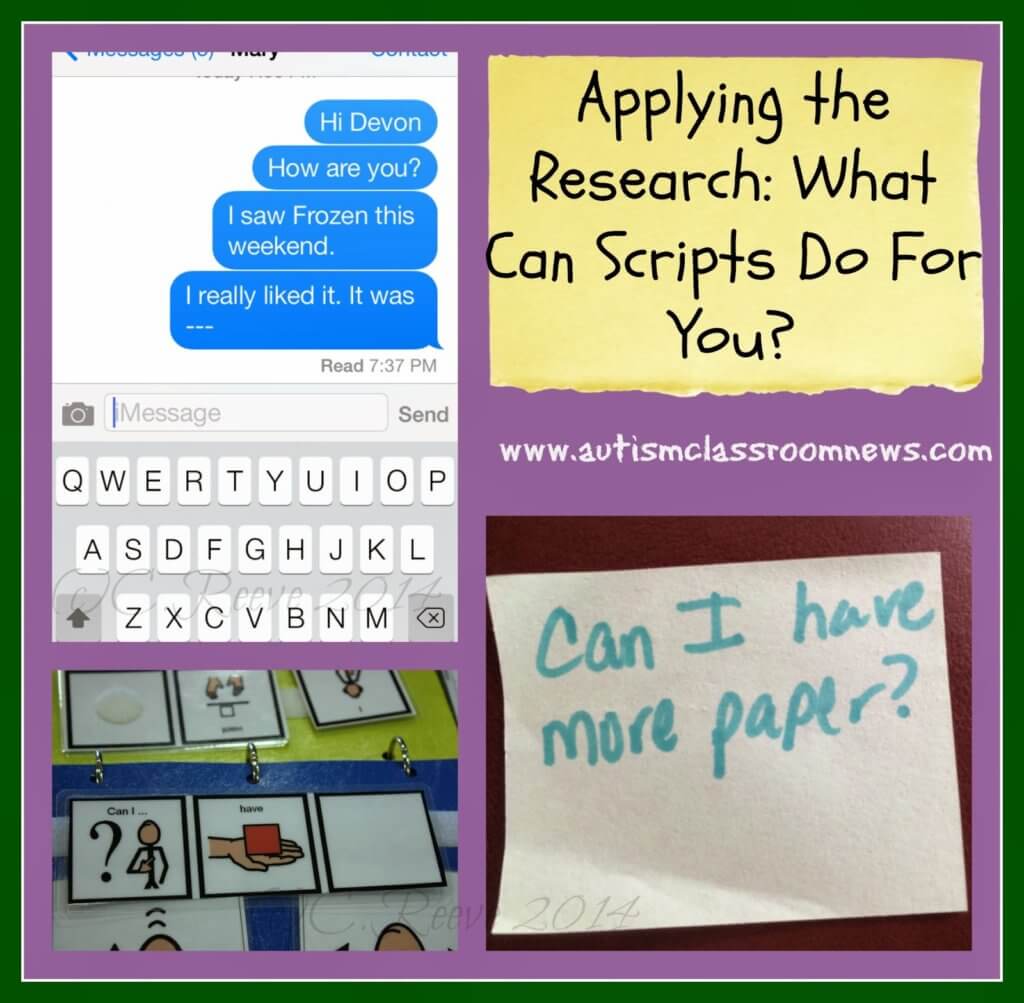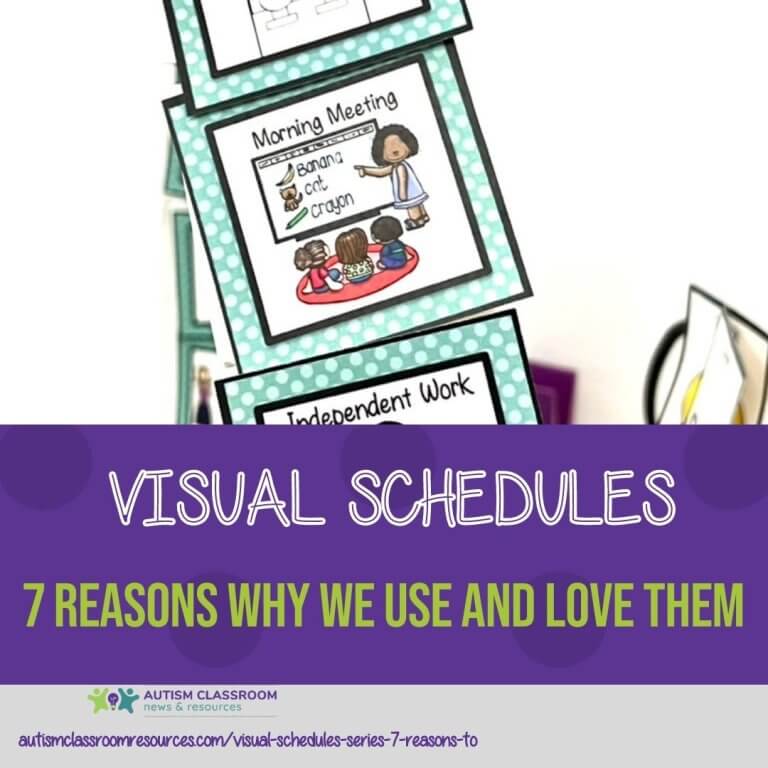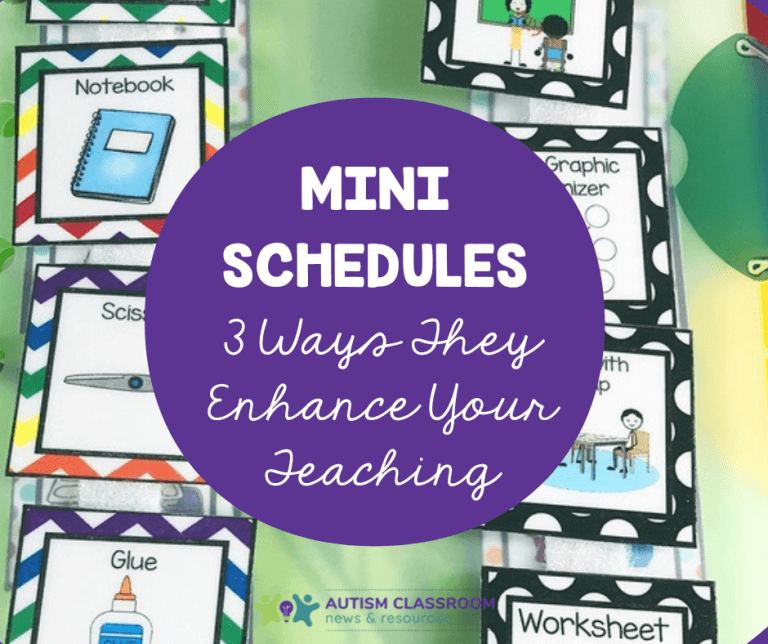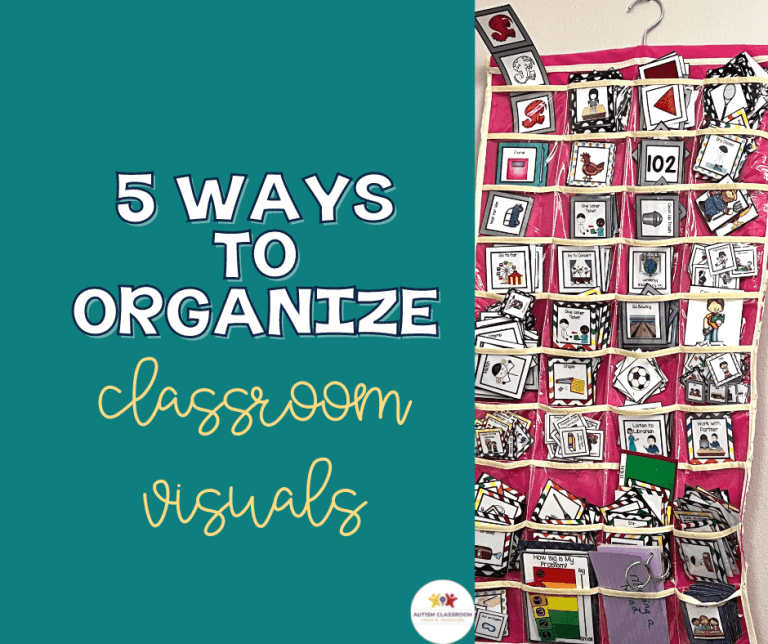Sharing is caring!
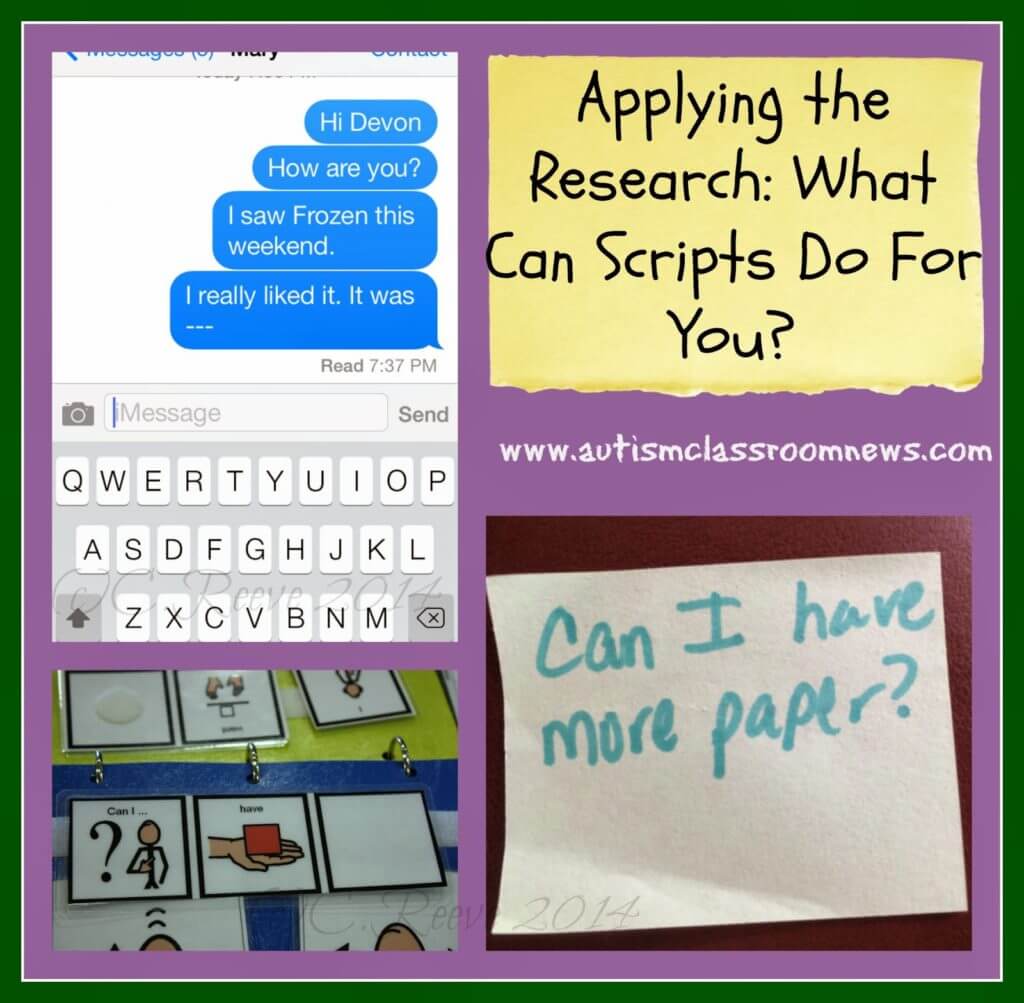
If you have been reading, you know I have been talking about the new evidence-based practice report from the National Professional Development Center. You can read about the outcome of the report HERE, the criteria for being considered an evidence-based practice HERE, and about exercise as an EBP HERE. Today I want to talk about one of the categories that was added: using written and/or verbal scripts to increase a variety of skills. Because there are so many ways to use scripts, things to consider, and ways to construct them, I will actually devote two or 3 posts to scripts because I think they are particularly important. In this post I want to review what scripts are and how we use them with our students, based on the research.
Scripts are defined as using a written and/or auditory model for the student to follow in specific situations (Fleury, 2013). Scripts are often used to increase spontaneity or initiation in communication or social interaction. They are given to the student and typically practiced before being applied in naturalistic situations, then they are often faded so the student becomes more independent. You can find the fact sheet from the National Professional Development Center here.
Let me differentiate, as well, that scripts are not the same as what some people call “scripting.” People use the term scripting most frequently to refer to students’ echolalia when they are repeating what sound like scripts such as movie dialogue. Sometimes these scripts are used appropriately by the student but they are not a the proactive intervention strategy discussed in the research. Often they are an interfering behavior that we try to modify, but that is for another post.
Here are 5 things that the research says about the use of scripts as an intervention strategy.
1. Effective Preschool to High School
Based on the research reviewed, they are effective for ages preschool through high school (Fleury, 2013). There has actually been some nice research done on using scripts in vocational settings to make spontaneous requests for assistance (Dotto-Fojut, Reeve, Townsend, & Progar, 2011). (And no, that Reeve is not related to me). One of the things I really liked about that study is that hey used either text (for readers) or a single-switch device (e.g., Big Mack) to play the script and the scripts focused on initiating requests for help. They deliberately sabotaged the environment so that the individual would need to gain assistance from someone because a bag was missing from the garbage bin or because a stapler was broken and similar issues. They also took the scripts beyond just telling the supervisor what the problem was and required that the worker ask for assistance. If the worker just said, “The stapler is broken” the supervisor would say something like, “Oh, I’m sorry to hear that” and keep working. I have met many adults with autism who tend to just announce a problem but don’t know that in order to get assistance they actually need to request assistance. In addition, these are the types of skill deficits that cause individuals on the spectrum to lose jobs.
2. Text and Audio Scripts Effective
Both textual scripts (e.g., notes; c.f. Brown, Krantz, McClannahan, & Poulson, (2008); Charlop-Christy & Kelso, 2003; Sarokoff, Taylor, & Poulson (2001) and auditory scripts (e.g., recordings; c.f. Dotto-Fojut et al., 2011; Stevenson, Krantz, & McClannahan, 2000) have been shown to be effective. Text scripts are more convenient for students who can read. You just want to make sure that their reading is fluent and strong enough to use them effectively. Audio scripts have been used with audio recordings or single-switch speech generating devices to present the script so that a nonreader can repeat it. In both cases, both would be faded over time. In order to use scripts students need to have some verbal skills, but it has been shown to be effective with lower and higher functioning students (Dotto-Fojut et al., 2011).
3. They Can Increase Communication and Other Skills
The research indicates that scripts can increase conversational skills (Brown et al., 2008), spontaneous communication (Sarakoff, Taylor & Poulson, 2001), initiating requests for assistance (Dotto-Fojut et al., 2011), joint attention (McDuff, Ledo, McClanahan & Krantz, 2007) and play skills (Murdock & Hobbs, 2011). It’s important to note that the majority of research has been focused on increasing social and communication skills. There are only 1 study each for joint attention and play skills. The research on scripts go back to the early 90s when Krantz, McClannahan and colleagues started researching them along with activity schedules at Princeton Child Development Center.
4. They Can Decrease Perseverative Talk
Ganz, Kaylor, Bourgeois, and Hadden (2008) found that verbal perseveration (repeating nonsense language or saying things that don’t fit the conversation repeatedly) decreased with the use of scripts in addition to communication increasing. Dott-Fojut et al. (2011) found something similar although not quite as robust a finding. This makes sense given that perseveration and echolalia sometimes serves a function of gaining attention and interaction. Having more appropriate things to say that are more effective and efficient therefore can replace the function of these behaviors in some situations.
5. They Can Be Integrated Into Routines and Schedules
Much of the research has combined scripts with schedules so that the language becomes part of the routine (e.g., Krantz & McClannahan, 1993). Students have to be taught to use the activity schedules as well as the scripts for this to work. However, the good thing is that it might increase maintenance (although perhaps not spontaneity) by making the script part of the regular routine. An example might be putting a greeting script into the morning routine. An example might be: take off your coat, hang it up, put up your backpack, say, “Hi Ms. Reeve,” go to your desk, start morning work.
So, there are lots of pros about using scripts with students with autism to increase communication and socialization. I think scripts are something that we often forget and because of their incredible power to increase independence and spontaneity, I am going to spend the next few posts talking about consideration in script use, how to teach scripts, and probably one on materials and ways to use scripts. How do you use scripts in your classroom?
And if you are interested in learning more about conversational scripts, I highly recommend this book from Woodbine.
Until next time,
References:
Dotto-Fojut, K. M., Reeve, K. F., Townsend, D. B., & Progar, P. R. (2011). Teaching adolescents with autism to describe a problem and request assistance during simulated vocational tasks. Research in Autism Spectrum Disorders, 5(2), 826–833. doi:10.1016/j.rasd.2010.09.012
Fleury, V. P. (2013). Scripting (SC) fact sheet. Chapel Hill: The University of North Carolina, Frank Porter Graham Child Development Institute, The National Professional Development Center on Autism Spectrum Disorders.
Ganz, J. B., Kaylor, M., Bourgeois, B., & Hadden, K. (2008). The impact of social scripts and visual cues on verbal communication in three children with autism spectrum disorders. Focus on Autism and Other Developmental Disabilities, 23(2), 79–94. doi:10.1177/1088357607311447
Krantz, P. J., & McClannahan, L. E. (1993). Teaching children with autism to initiate to peers: effects of a script-fading procedure. Journal of Applied Behavior Analysis, 26(1), 121–132. doi:10.1901/jaba.1993.26-121
MacDuff, J. L., Ledo, R., McClannahan, L. E., & Krantz, P. J. (2007). Using scripts and script-fading proce- dures to promote bids for joint attention by young children with autism. Research in Autism Spectrum Disorders, 1(4), 281-290. doi: 10.1016/j.rasd.2006.11.003
Murdock, L. C., & Hobbs, J. Q. (2011). Picture me playing: increasing pretend play dialogue of children with autism spectrum disorders. Journal of Autism and Developmental Disorders, 41(7), 870-878. doi: 10.1007/s10803-010-1108-6
Sarokoff, R. A., Taylor, B. A., & Poulson, C. L. (2001). Teaching children with autism to engage in conversational exchanges: script fading with embedded textual stimuli. Journal of Applied Behavior Analysis, 34(1), 81–84.
Stevenson, C. L., Krantz, P. J., & McClannahan, L. E. (2000). Social interaction skills for children with autism: A script-fading proce- dure for nonreaders. Behavioral Interventions, 15, 1-20.

